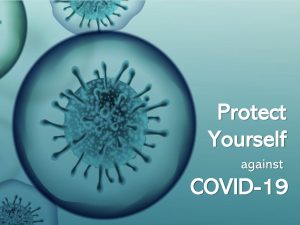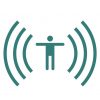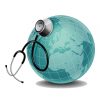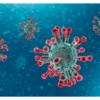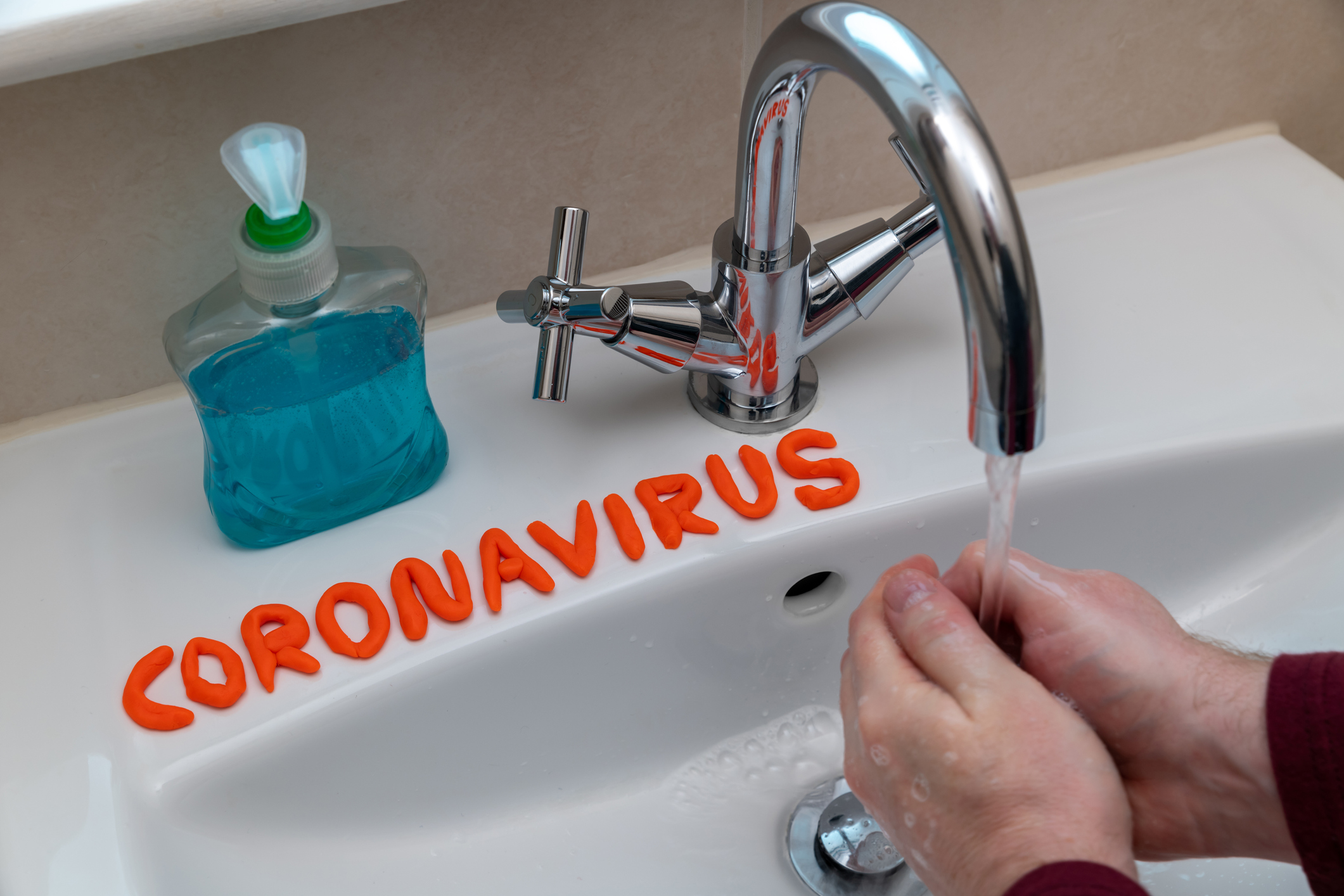
Growing up in a household with a microbiologist for a father and a nurse for a mother, the topic of science and health was an everyday conversation in our house. My father was always vigilant about spreading germs and viruses yet it was done in such a way that neither I nor my brother became germaphobes. I know for myself, I developed an understanding and respect for the microscopic world that is all around us. For me, this evolved into a love of science and biology and I continued to study these courses into University. My love deepened and my knowledge grew when I went on to Dalhousie University to study Dental Hygiene. Practicing dental hygiene and working with clients to prevent gum disease has provided me with an understanding of bacteria and micro-organisms and how they interact with the body and the immune system. When treating clients, we need to follow a strict infection prevention protocol which ensures that all surfaces and instruments are cleaned, disinfected and sterilized to prevent cross-contamination from client to client and client to the health care provider. In fact, we act as if everyone was infected with something!
In this time of heightened awareness and the recommendation of “new” hygiene protocols, I am not finding that there is much of a change in what I normally do on a day to day basis.
Here are some ways to protect yourself, your loved ones, and your household. Hopefully, these tips will help you feel safe in your home during this pandemic:
- Avoid touching multiple surfaces unnecessarily when out of the house.
I live in a condo building so I find myself having to touch many surfaces just to make it to my car! I use my elbows or my keys to press elevator buttons. If there is an accessible button that opens the doors, I use my elbows to press the button so that I don’t have to touch the door handles with my hands. I carry hand sanitizer with me so that as soon as I’m in my car, the first thing I do is sanitize my hands before touching the steering wheel. At the grocery store, I use my hand sanitizer as I enter the store and as I leave the store and I make sure that I DO NOT touch my face before I sanitize my hands. I also follow the proper protocol for using hand sanitizer as per Public Health Ontario. NOTE: You cannot effectively sanitize/disinfect your hands or any surface that is visibly dirty. So, if your hands are dirty, skip the hand sanitizer and wash with soap and water. If you have hand wipes, I would use a wipe to remove the dirt and grime and then use hand sanitizer to disinfect.
- Wash your hands frequently.
I’ve always been in the habit of washing my hands multiple times a day and that continues now. The habit I have implemented is that the first thing I do when I come in from outside is wash my hands. I use liquid hand soap as opposed to bar soap, as bar soap can harbour bacteria. Bar soap is not recommended in professional settings for that reason. Click here for more information and a video on handwashing.
- Consider keeping your nails shorter during this time.
Part of my training as a dental professional is keeping my nails short and unpolished. Why? Because nails longer than 2mm are a reservoir for bacteria and other micro-organisms. Studies show that a manicure (polish) starts to harbour micro-organisms after 4 days which cannot be removed by hand washing. And acrylic nails are harder to keep clean than natural nails.
- Consider not wearing your rings during this time.
Another habit that is part of my training in infection prevention is to not wear rings. Why? Because rings can harbour micro-organisms especially if there are stones and clasps. At work, it’s not recommended because the rings with stones can tear gloves. On a regular basis, make sure that you remove your rings when doing anything that involves micro-organisms (like going to the bathroom, cooking and handling raw meat). When you wash your hands make sure that you remove your rings. Clean your rings separately and thoroughly dry your hands and rings before putting them back on. The moisture trapped under rings can be a breeding ground for bacteria.
- Sanitize your cell phone.
This is a new habit that I have implemented and do it as soon as I enter my condo. I have Lysol wipes at the front door.
- Remove your shoes the moment you enter your home.
I keep my shoes at the front door so that I’m not tracking any dirt or germs into my home.
- Sneeze or cough into a tissue or the crook of your elbow.
Discard the tissue immediately and wash or sanitize your hands.
- Disinfect surfaces around your home that are frequently touched like door handles (especially the front door), light switches, laptops and mice, fridge door handles, TV remotes, kitchen and bathroom faucets. Note: If surfaces are visibly dirty you need to clean them first and then sanitize/disinfect.
- Don’t forget to moisturize your hands regularly. With the increased washing and use of hand sanitizer your skin is at risk of drying out. Dry skin can compromise the integrity of the skin and small cracks can develop. These are sources of entry for microorganisms into our bodies. The skin is the body’s largest barrier to microorganisms, so keep it healthy and hydrated.
For more information click here.
Stay safe!!!
Alanna Carr, BSc., RDH

